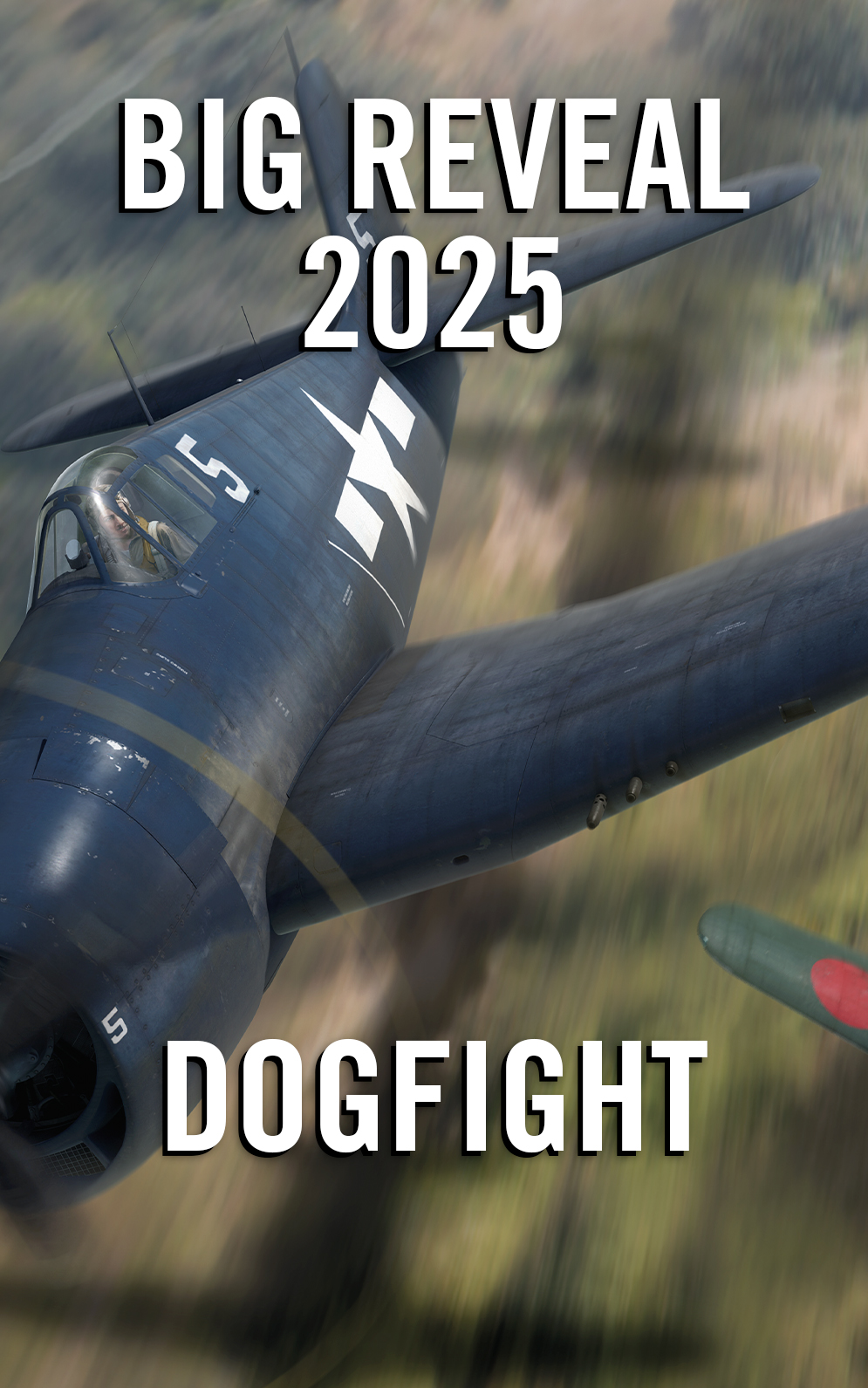
Dogfight
The solitary Dogfight title for 2025 is Spitfire I – Phoney War and Battle of France. The most famous British fighter of them all, the Spitfire was blooded in the early skirmishes against lone German bombers probing Britain’s coastal defences during the eight-month-long Phoney War. Units used well-rehearsed battle formations to make short work of any aircraft encountered, but crucially they had not encountered any short-range German Bf 109 or Bf 110 fighters. This all changed with the Blitzkrieg in the West, launched on 10 May 1940. Although the RAF had reluctantly sent a steady stream of Hurricane units to France from the autumn of 1939 as part of the British Air Forces in France, it had kept all of its Spitfire I squadrons firmly based on British soil and under direct RAF Fighter Command control. As German forces rapidly advanced, Spitfire I units were dragged into the fighting, and Luftwaffe fighters were soon encountered during sweeps of the French coast from airfields in southern England. The combat experience subsequently gained during the Battle of France and Operation Dynamo (Dunkirk evacuation) served Spitfire units well, as they modified their fighter tactics for engaging Bf 109s and Bf 110s ahead of the Battle of Britain. Author Tony Holmes explains how Spitfire I pilots went from employing pre-war tactics during the Phoney War to adopting fighting formations similar to the Jagdwaffe by the end of the campaign in France. The rapid evolution of the Spitfire during this period is also examined.

Comments
You must be logged in to comment on this post. Click here to log in.
Submit your comment